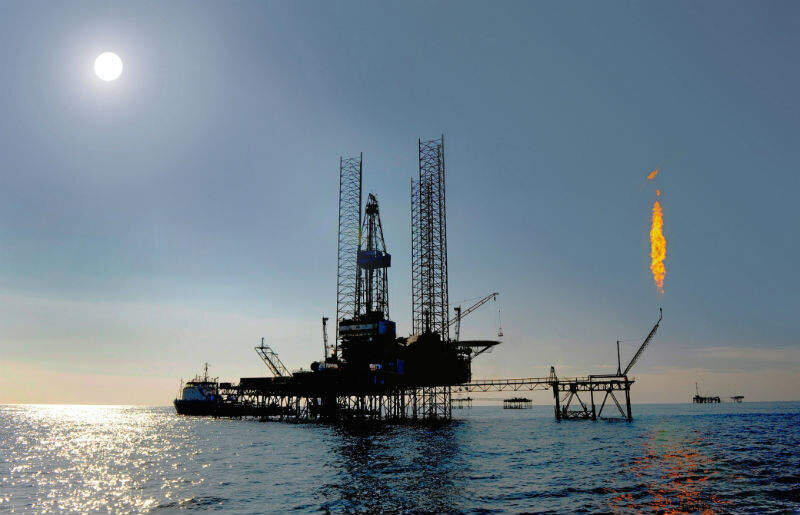New gas reserve in Caspian Sea could make Iran a major supplier to Europe

TEHRAN – Iran’s Khazar Exploration and Production Company (KEPCO) is exploring a new gas reserve in the Caspian Sea region in the north of the country, which according to estimates can meet one-fifth of Europe’s gas needs.
“If the initial estimates are confirmed and exploration success is achieved, the Iranian sector of the Caspian Sea will play a significant role in gas exports to Europe in the near future, in which case Iran's new gas hub will be formed in the north to let the country supply 20 percent of Europe's gas needs from this region,” KEPCO Head Ali Osouli said.
Central Asian and European demand for gas has broadened the horizons for the development of Iran's exploration blocks in the Caspian Sea region. The project called “Chalous Superstructure Drilling and Exploration” has been assigned to KEPCO with a view to forming a new gas hub in northern Iran.
As reported by the KEPCO portal, the company is planning to complete the “Chalous Superstructure Drilling and Exploration” project over the coming two years.
Chalous structure is the second-largest natural gas block in the Caspian Sea, just behind the Alborz structure. Based on various studies conducted on that structure, it is estimated to hold gas reserves equivalent to one-fourth of the giant South Pars gas field. That would put Chalous in 10th position in the world in terms of gas reserves.
According to estimates, this structure has a production capacity equivalent to 11 phases of South Pars. If the estimates are accurate and the operation to explore the Chalous structure proves successful, the volume of recoverable gas from this structure alone would be 1.5 times the total recoverable gas in Azerbaijan and equivalent of 30 percent of the total recoverable gas in the Caspian Sea.
Based on available evidence, this structure can also have significant oil reserves. Chalous structure may be compared with giant oil and gas fields in southern Iran in terms of in-place and recoverable hydrocarbon deposits.
According to KEPCO, exploration drilling has to begin in Chalous in the shortest possible time. Immediately after exploration, long-term well testing will be carried out to make a proper assessment of recovery from this reservoir in order to facilitate the formulation of the best development plan for the field.
This concordance of results and evaluations has led KEPCO to start its exploration activities in the Chalous structure in the best possible way by benefiting from the maximum existing capacities and mark a turning point in the exploration of huge oil and gas resources in northern Iran.
EF/MA

Leave a Comment